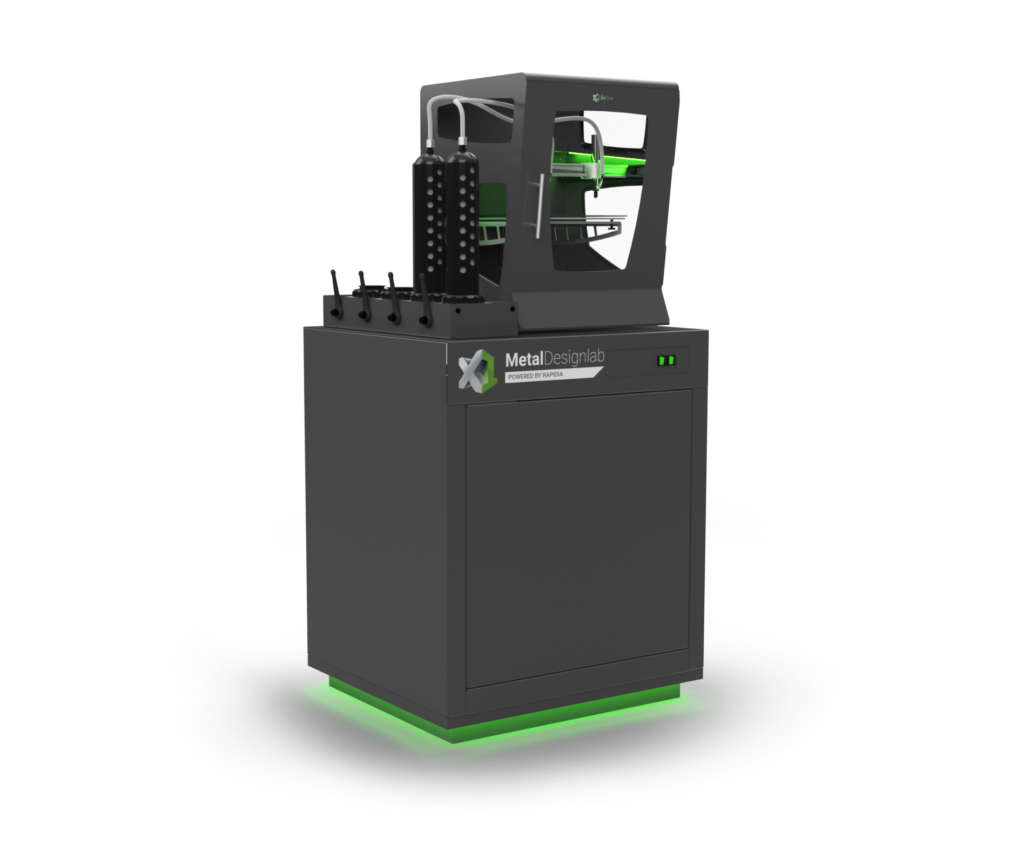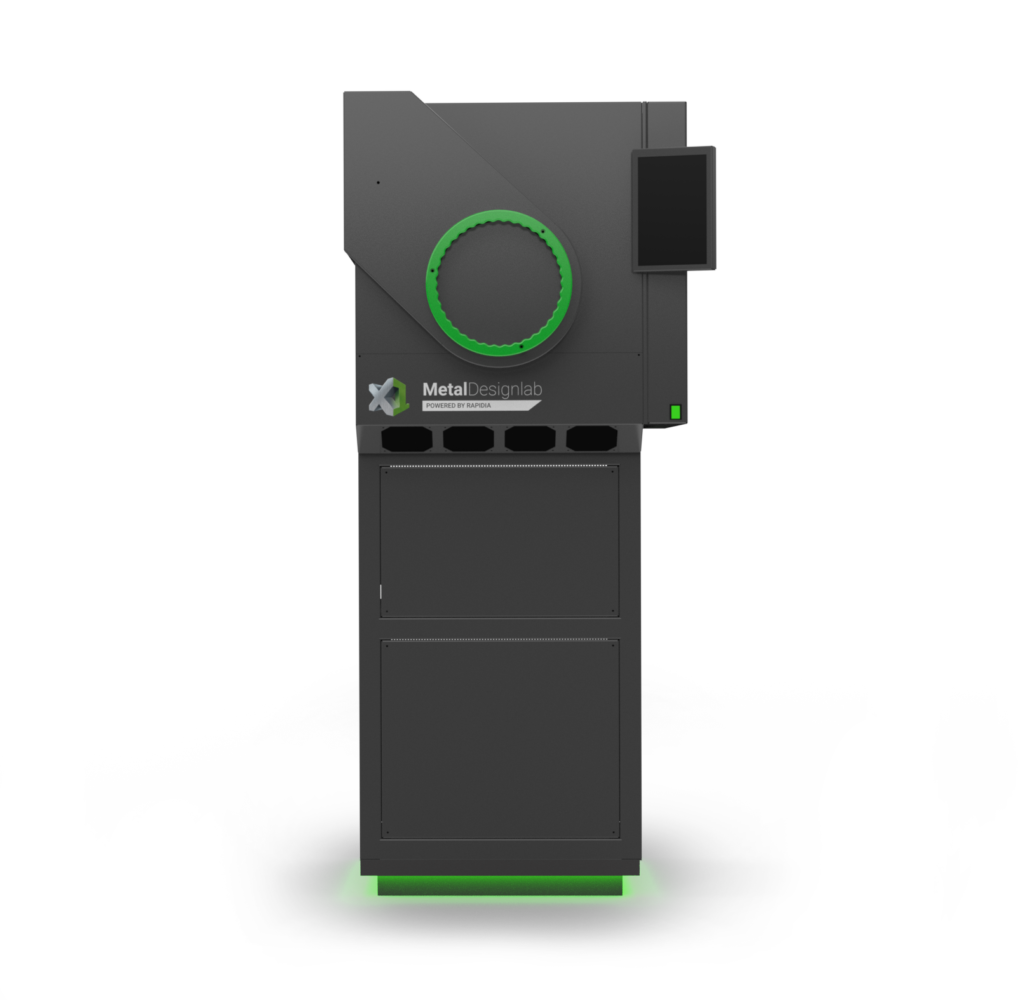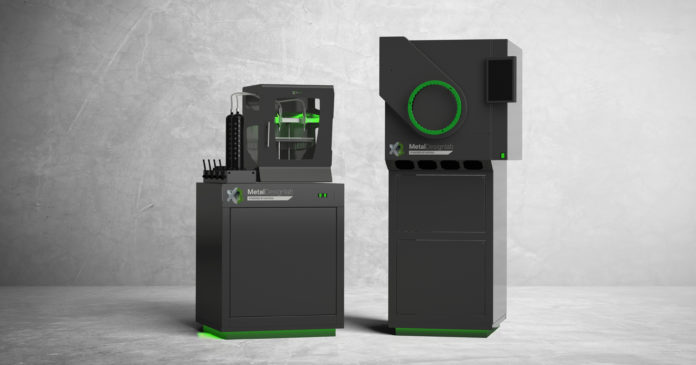ExOne has just launched the Metal Designlab printer and X1F advanced furnace in an exclusive collaboration with Rapidia.
Founded by Dan Gelbart – an electrical engineer famous for several things including hisYouTube series on prototyping – , Rapidia is a Canada-based company that quickly recognized that metal 3D printers work with chemical intensive and lengthy debinding processes. That’s why, the team at Rapidia has been working on a metal 3D printing technology that can allow water-bound metal and ceramic components to go directly from a printer into a furnace without a debinding step. In this case, the success of this process lies in the use of HydroFuse, a water-based paste containing metal or ceramic powders, which does not need debinding before final sintering.
As part of this exclusive partnership between ExOne and Rapidia, the manufacturer of industrial sand and metal 3D printers has a right of first refusal for majority ownership of Rapidia while Gelbart becomes a technology advisor to ExOne.

metal-printer 
metal furnace
This removal of the debinding phase makes the Metal Designlab printer a direct competitor of the recently unveiled Desktop Metal Studio System 2 and Markforged Metal X.
“We set out to develop a simple, environmentally friendly system that creates the toughest, most intricate parts overnight,” added Dan Gelbart, Rapidia Founder. “Today, we’re excited to leverage ExOne’s global marketing and sales team to help customers around the world enjoy the benefits of our revolutionary technology. I also expect a lot of innovation to come from combining the deep technical knowledge of both companies. Now, users can 3D print complex parts today without any thickness limitations for solid parts and produce high-strength parts overnight.”
On the path to “Print Today, Parts Tomorrow™” innovation
A report from market intelligence company SmarTech Analysis reveals that bound metal technologies would achieve close to twice the rate of growth compared to the overall metal additive manufacturing market over the next ten years.
Those predictions enable to understand the current needs for time-saving solutions on the shop floor. As far as metal AM is concerned, in general, operators either follow three steps (print, debind and sinter) or achieve a very slow thermal debinding in the sintering furnace after the printing process – each of these stages requiring at least 3 to 5 days before getting the final component. That being said, the result often comes with limitations on part thickness. According to ExOne, these processes limit parts to 5-10 mm (0.2”-0.4”) thickness, which also limits the final strength and applications for the final part.
The HydroFuse paste brings a true novelty as it replaces 98% of the binder with water, which evaporates while printing, enabling true Print Today, Parts Tomorrow™ technology.
“Now, researchers, educators, and industrial designers will be able to bypass days of waiting and produce high-quality parts without the limitations faced by parts that require traditional debinding”, John Hartner, ExOne’s CEO states.
Remember, you can post job opportunities in the AM Industry on 3D ADEPT Media free of charge or look for a job via our job board. Make sure to follow us on our social networks and subscribe to our weekly newsletter : Facebook, Twitter, LinkedIn & Instagram ! If you want to be featured in the next issue of our digital magazine or if you hear a story that needs to be heard, make sure to send it to contact@3dadept.com






